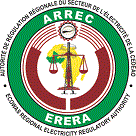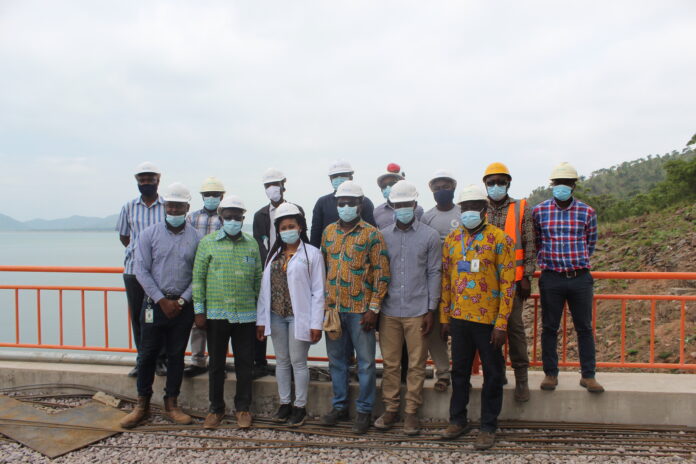
Work on the Bui Power Authority’s (BPA) solar power park in the Savannah Region in the Republic of Ghana has reached an advanced stage.
The 50MW solar power park, which is situated on 200 acres of land (equivalent of 151 football pitch), is in two phases.
The first phase, which is 10MW, is expected to be completed in September 2020.
Upon completion, it will be the largest solar power project being executed in the West African nation.
When energynewsafrica.com visited the site, work had progressed with workers busily working.
Speaking in an interview with energynewsafrica.com, Peter Acheampong, who is the Project Manager at the Bui Power Authority, said the project is in two phases, adding that the first phase is 10MW while the second phase is 40MW.
“Currently, we’re almost done with the first phase. What is left is with the installation of the panels and its accessories. And for the second phase, we have done about 69 percent,” he said.
The project started in February 2020 and according to him, they are far ahead of schedule.
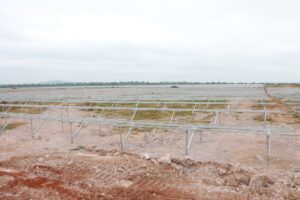
The first phase is expected to be completed in September while the second phase will be completed in December.
Mr. Acheampong told energynewsafrica.com that the authority is positioning itself to be the renewable energy leader in the country.
To achieve this vision, Mr. Acheampong said the Bui Power Authority has, since 2015, done a lot of programmes and policies to be able to achieve it.
“We have expanded our existing switch yard to accommodate the injection of 250MW from the solar plant. What we want to do is to come up with a hybrid system where the solar will complement the hydro. Normally for solar generation, there is what is called variability, that is, you can only have the sun from the morning to 6pm. In the evenings, you can’t generate, so normally, for you to be able to generate 24 hours, you need to have battery storage. So our development programme is having hybridization with the hydro. We will use the hydro as our storage so that during the day, when we have enough sunshine, the solar plants will be running and then in the evening the hydro plants will kick in to give that reserve,” he explained.
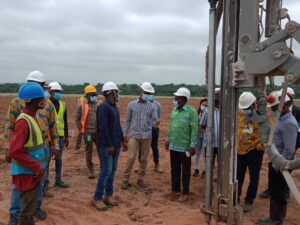
As part of implementing the local content policy, Mr. Acheampong said the authority gave employment to about 300 local people comprising labourers, welders, steel benders, carpenters, operators of dozers and electricians.
Explaining the vision of the Bui Power Authority to energynewsafrica.com, its Chief Executive Officer, Mr. Fred Oware said the authority has planned to construct a solar park with a capacity of 250 megawatts.
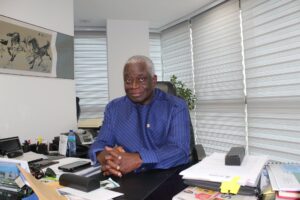
He explained that apart from the 50MW solar park, which is currently ongoing, they are also constructing 1MW floating solar park on the reservoir of the Bui Dam.
Mr. Oware said the 1 MW floating solar park, is scheduled to be completed by the end of this year, adding that the authority intends to scale it up to 5 megawatts.
He said the authority has also identified some areas in the North and is planning to undertake solar projects including wind power project by next year.
The Director of Renewable and Alternative Energies at the Ministry of Energy, Wisdom Ahiataku-Togobo, who led a team from the Ministry to tour the facility, said the visit was upon a request by BPA to pay a working visit to assess the facility and advise it where necessary.
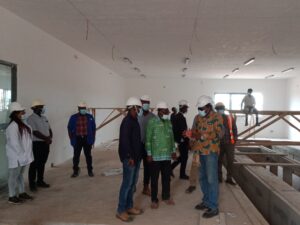
He told energynewsafrica.com that the team was impressed by the level of progress made so far.
He commended the Bui Power Authority for giving Ghana value for money by using quality materials for the project.
“The metals for the project are pure galvanized ones, even though Bui is far from the sea. Therefore, one would not anticipate that there would be too much rust. This, notwithstanding, they have used the top quality materials which are good for the country,” he noted.
Mr. Ahiataku-Togobo noted that the project formed part of the government’s efforts toward increasing the penetration of renewable energy (RE) by 10 percent by 2030 as outlined in the Paris Agreement of Ghana’s Intended National Determine Contribution (INDC).
“We are making a lot of efforts to add more renewables to our system. Today, in terms of grid connected, we have only up to about 42.5MW. There are a number of projects in line to include this to take us up to about 126 MW before the end of the year. The successful completion of the project will play a significant role in achieving the government’s target for 2020.”
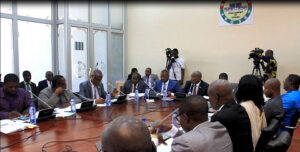
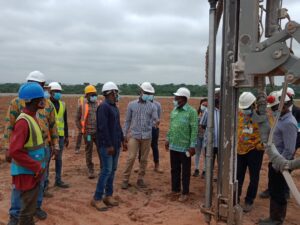
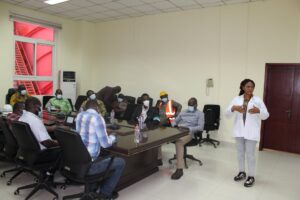
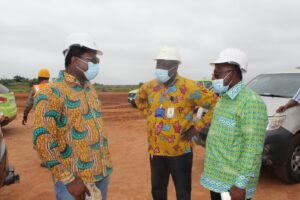
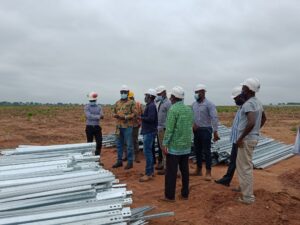
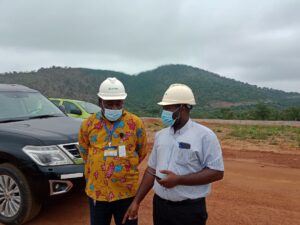
Source: www.energynewsafrica.com




